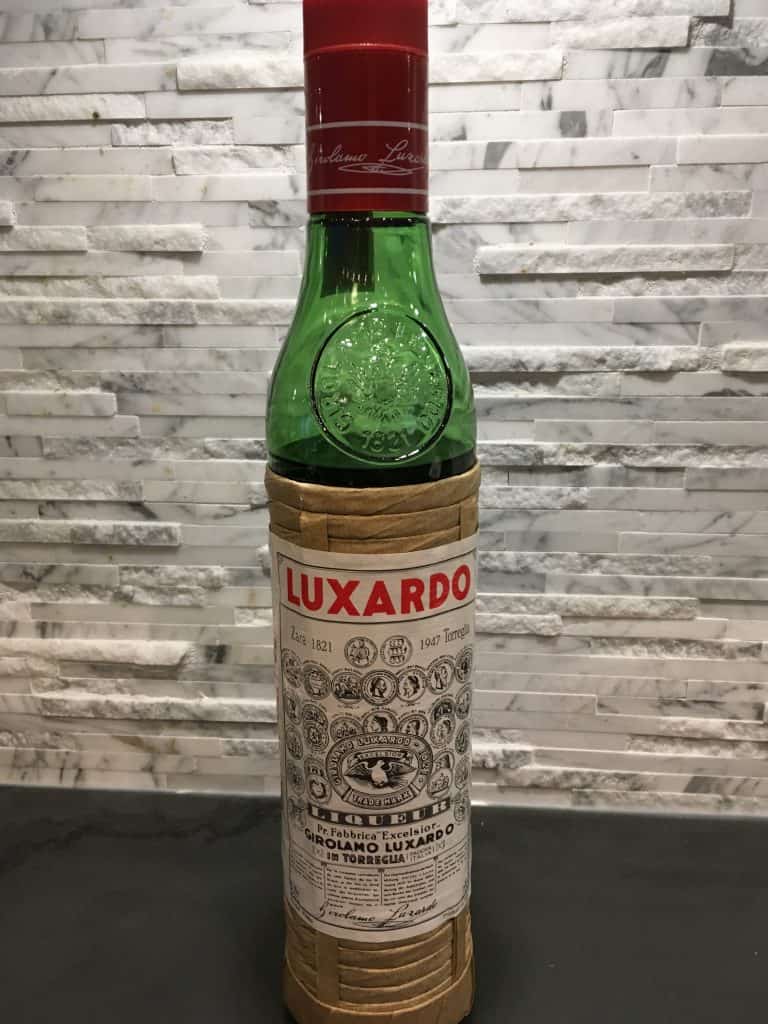
Luxardo seems to be experiencing quite a revival right now. To be honest, there are a lot of people out there (myself included) who are thinking, “Hey what took you so long”? This is definitely an old school liqueur! How old school? Well, Luxardo and its distinctive fiasco bottle have certainly seen their fair share of action.
In fact, the Luxardo story sounds like a novel or a movie: it involves a diplomat, two kingdoms, a secret medieval liqueur made in convents, the Emperor of Austria, wars, exile, murder and acclaim. But I’m getting ahead of myself.

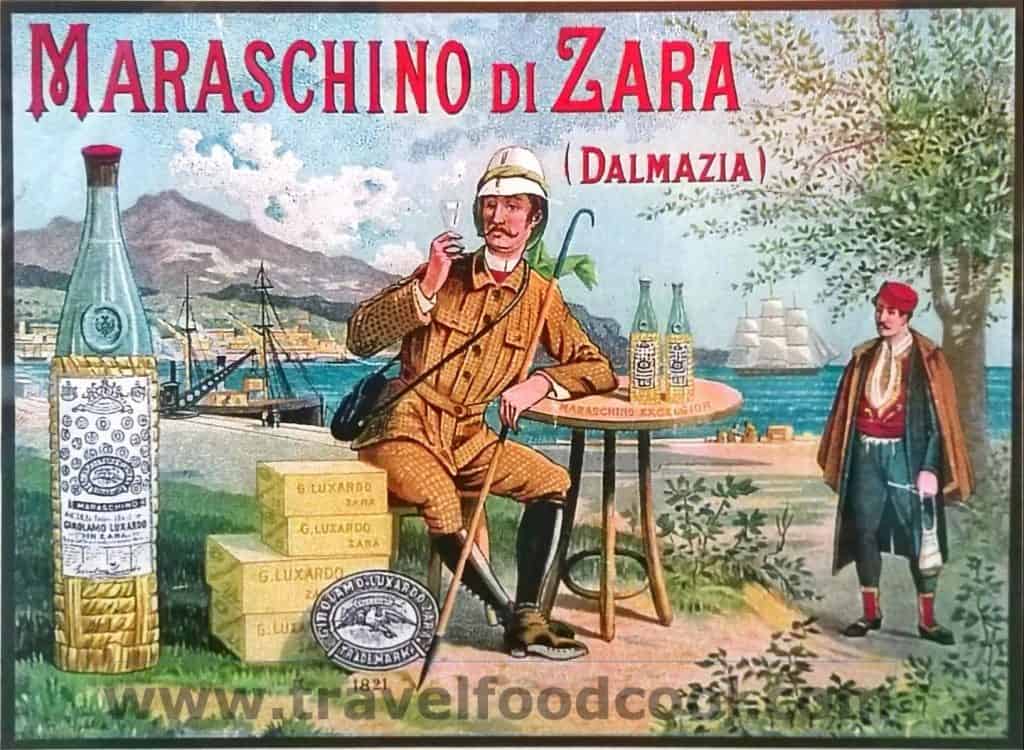
Let’s start at the beginning. Back in 1817, the Venetian Republic is no more and a diplomat from Geneva is sent to Zara (now Zadar, Croatia), the capital of the Austrian sovereignty Kingdom of Dalmatia. Girolamo Luxardo, originally from Genoa, is sent as a representative of the Kingdom of Sardinia. Remember that we are at a time prior to Italian unification. Girolamo moves the family to Zara. In Zara, his wife, Maria Canevari, discovers a secret medieval liqueur that has been made for centuries in convents – rosolio maraschino (mara-ski-no) and decides to perfect the recipe. So successful was she in her perfection that Girolamo starts a distillery in 1821 for the production of the maraschino liqueur using cherries from the trees in their backyard.
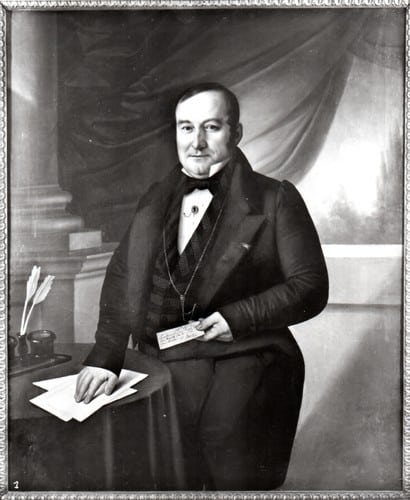
How good is Maria’s perfection of the recipe? In 1829, they receive the exclusive and highly coveted “privilege” from the Emperor of Austria as a show of quality and excellence. To this day, on the bottle, you can read PRIVILEGIATA FABBRICA MARASCHINO EXCELSIOR!
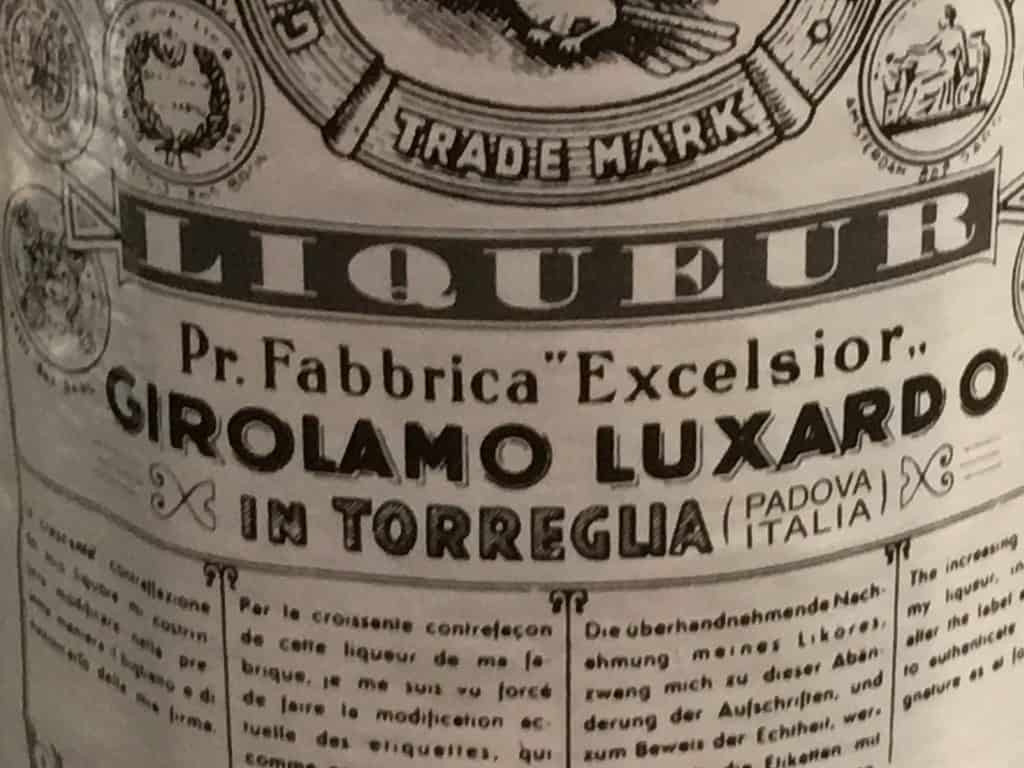
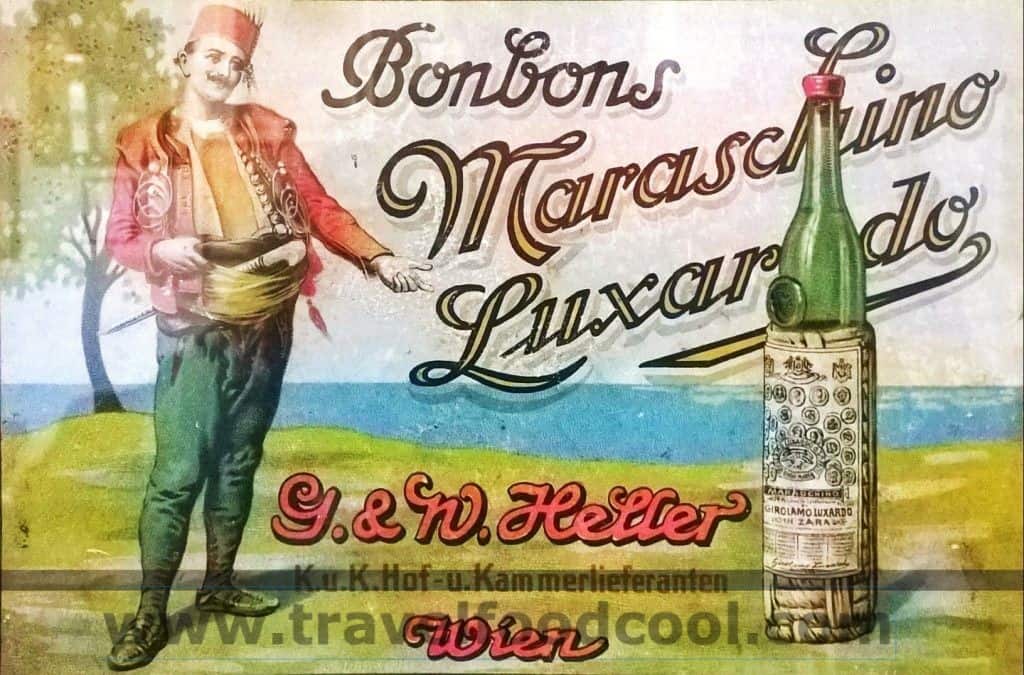
By 1913, if you were arriving in the Zara harbour, you could not help but think of Luxardo. By this time, there’s a massive distillery (and family apartments) on the harbour. How large? The factory is one the largest in the Austro-Hungary empire. The family business is now being run by the third generation – Michelangelo and Nicolo – and is booming.
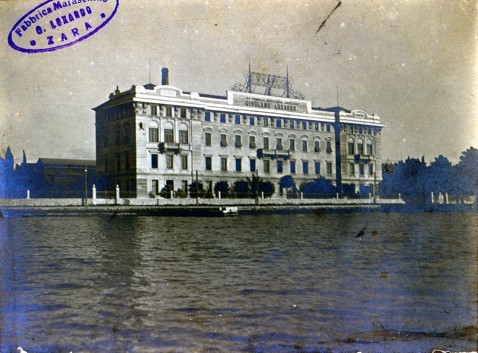
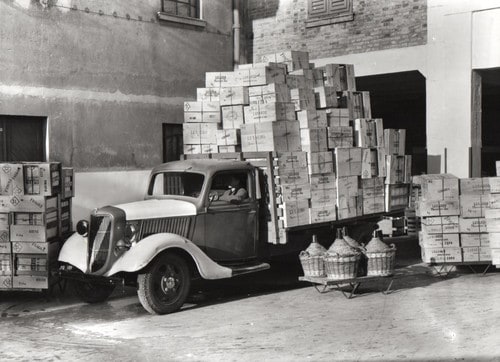
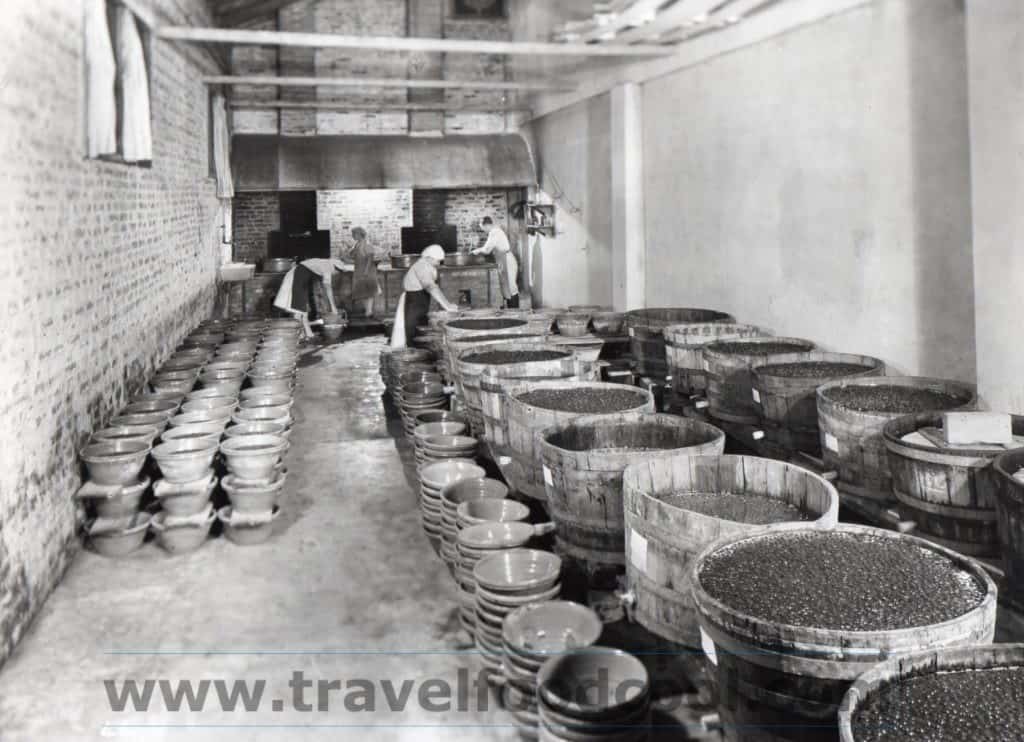
At the end of World War I, Zara becomes part of Italy. In the Kingdom of Italy, Luxardo is an extremely important distillery. Sadly, this peaceful time is short-lived due to the start of World War II. There are repeated bombings from the Allies. Like Zara, the city it resided in, the distillery is destroyed and all the cherry trees but one are destroyed, burnt to the ground. Chaos reigns and the Italian residents flee to “safer” countries. Further horrors occur after the Germans leave when communist invaders, lead by Tito, drown and kill Piero, Nicolo and Bianca (Nicolo’s wife) Luxardo. Things are looking grim for Luxardo’s future.
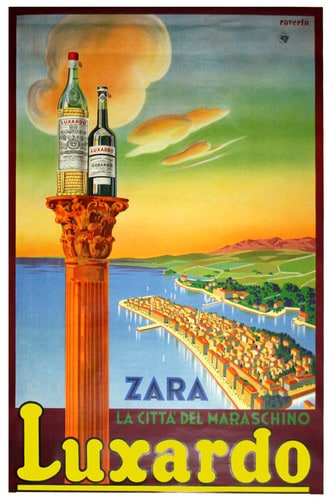
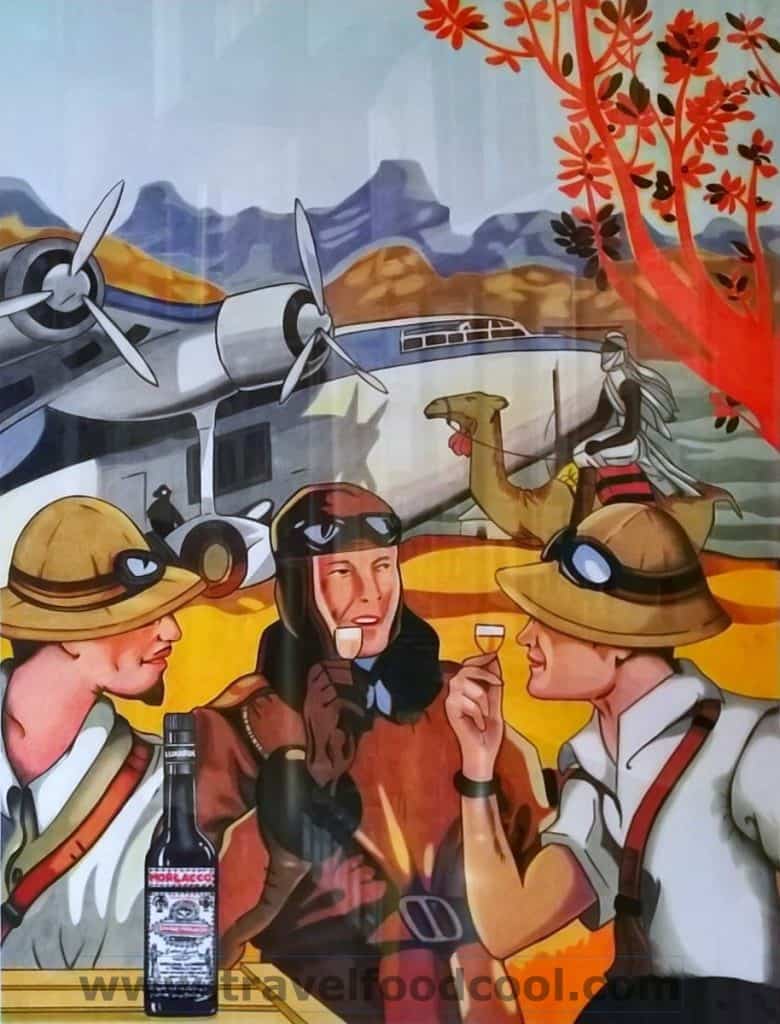
Giorgio Luxardo flees and in 1947 sets up the new home of Luxardo in the Veneto region in Torreglia (near Padova). The one lonely original cherry tree from Maria’s backyard miraculously makes the journey and survives in the new location. The tree goes on to create 29,000 trees which are the still the basis for the Luxardo Maraschino liqueur.
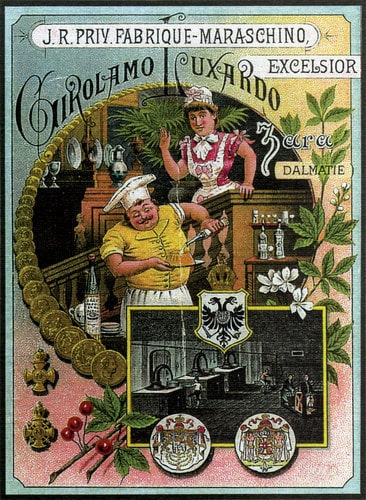
Today, the sixth generation of the Luxardo family is still at the helm and exports their Maraschino liqueur to over 78 countries worldwide. They also have expanded the product line to include sambuca (white and black), amaretto, Sangue Morlacco (a cherry liqueur), grappa and limoncello.
Luxardo is another example of an Italian liquor (like Strega) that has produced fantastic advertising posters over the years. I’d like to thank a Luxardo for letting me use their posters and photos in this post.
Cheers Luxardo and welcome to the next 200 years of production!
To answer the famous question, “what do I do with Luxardo Maraschino liqueur”, I have a few answers. Tune in in a few weeks for Luxardo cocktails!
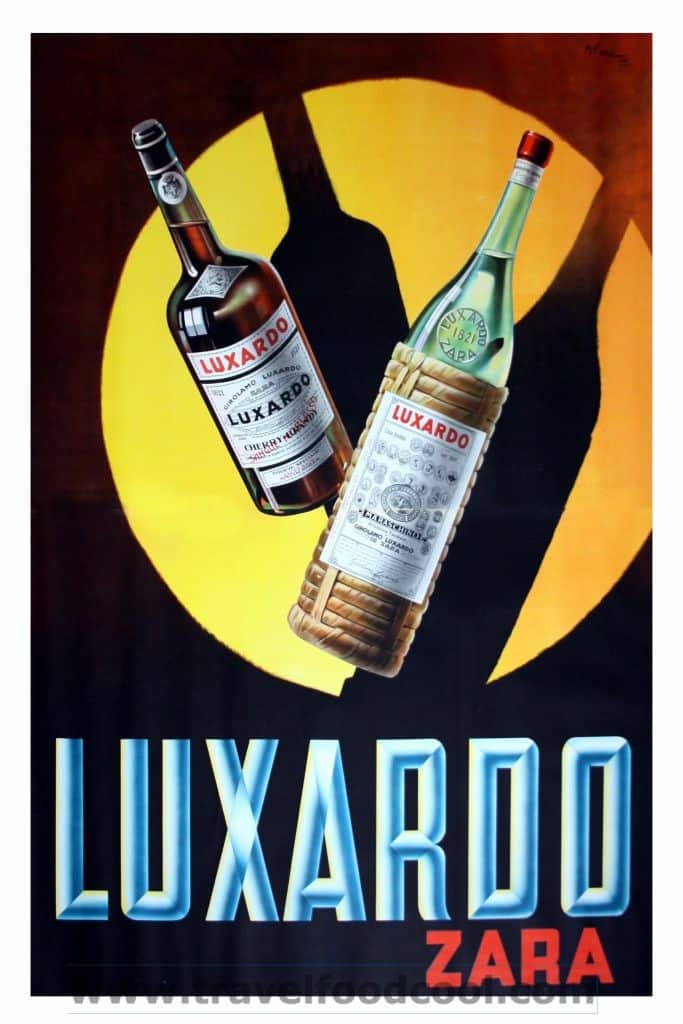
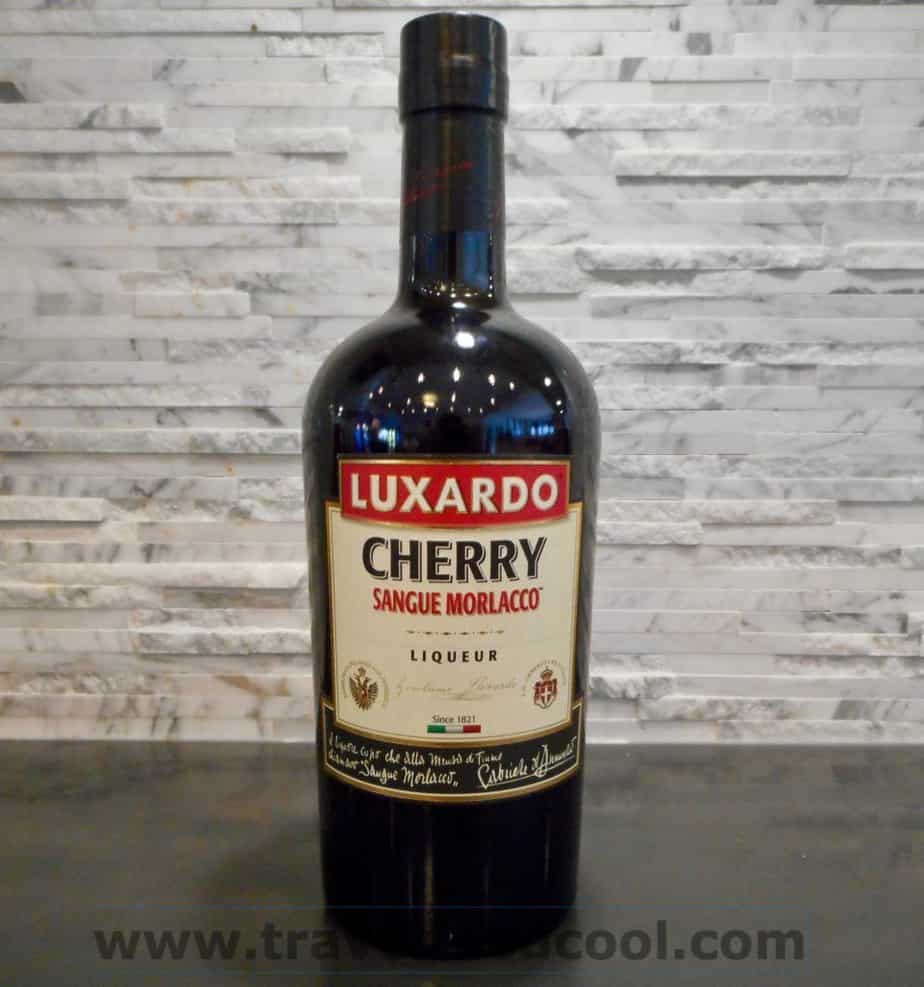
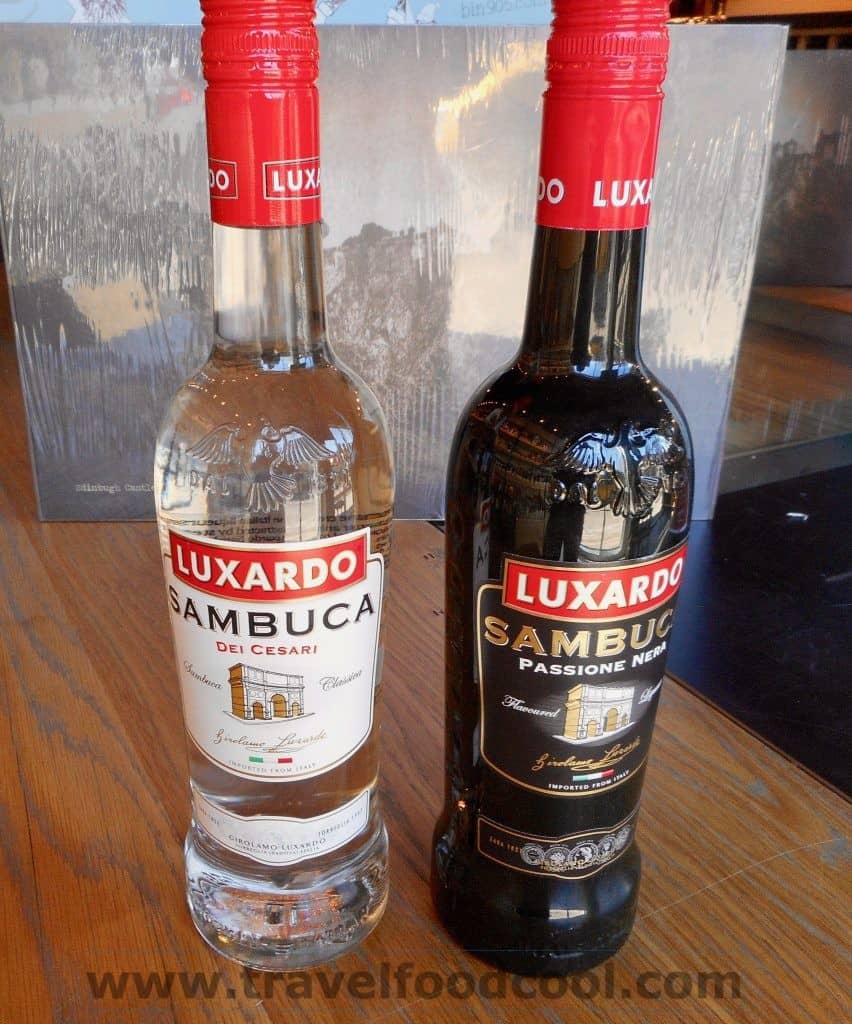



Awesome post! Really interesting info – didn’t realize the Croatian history and connection. Great photos as well!
Thanks! I’m glad you enjoyed it! The family story reads like a book or movie! It’s just crazy what happened to them.